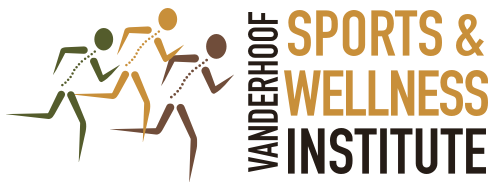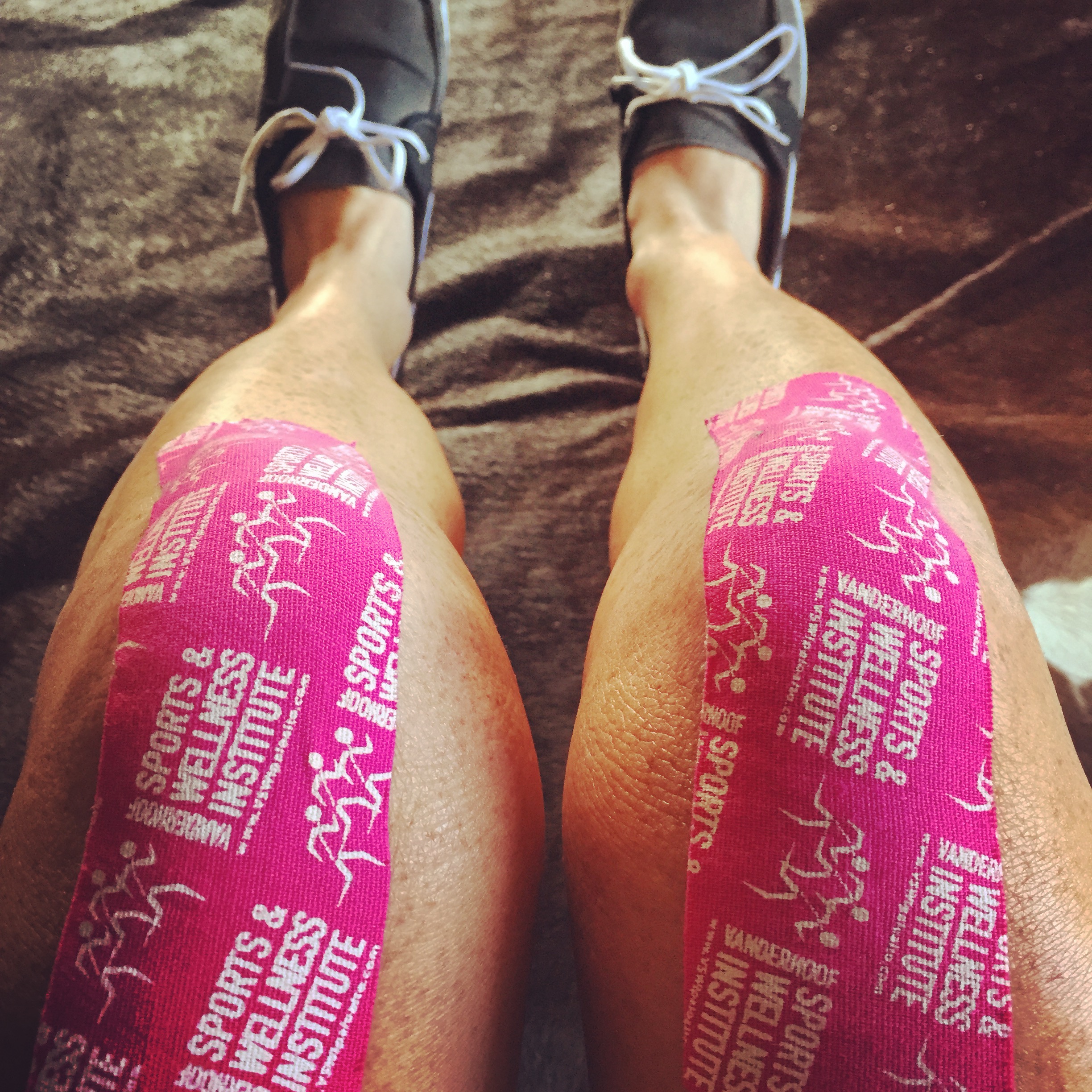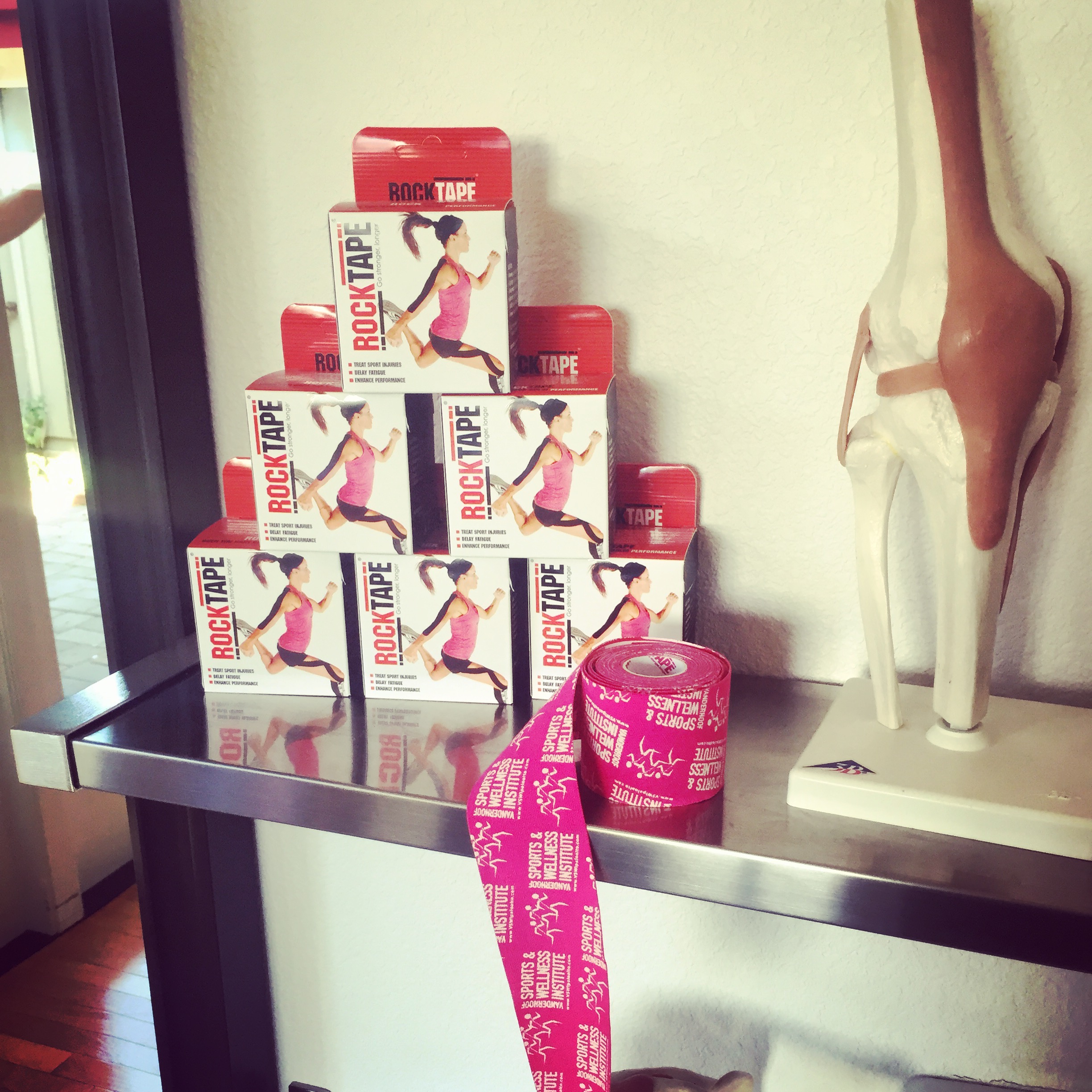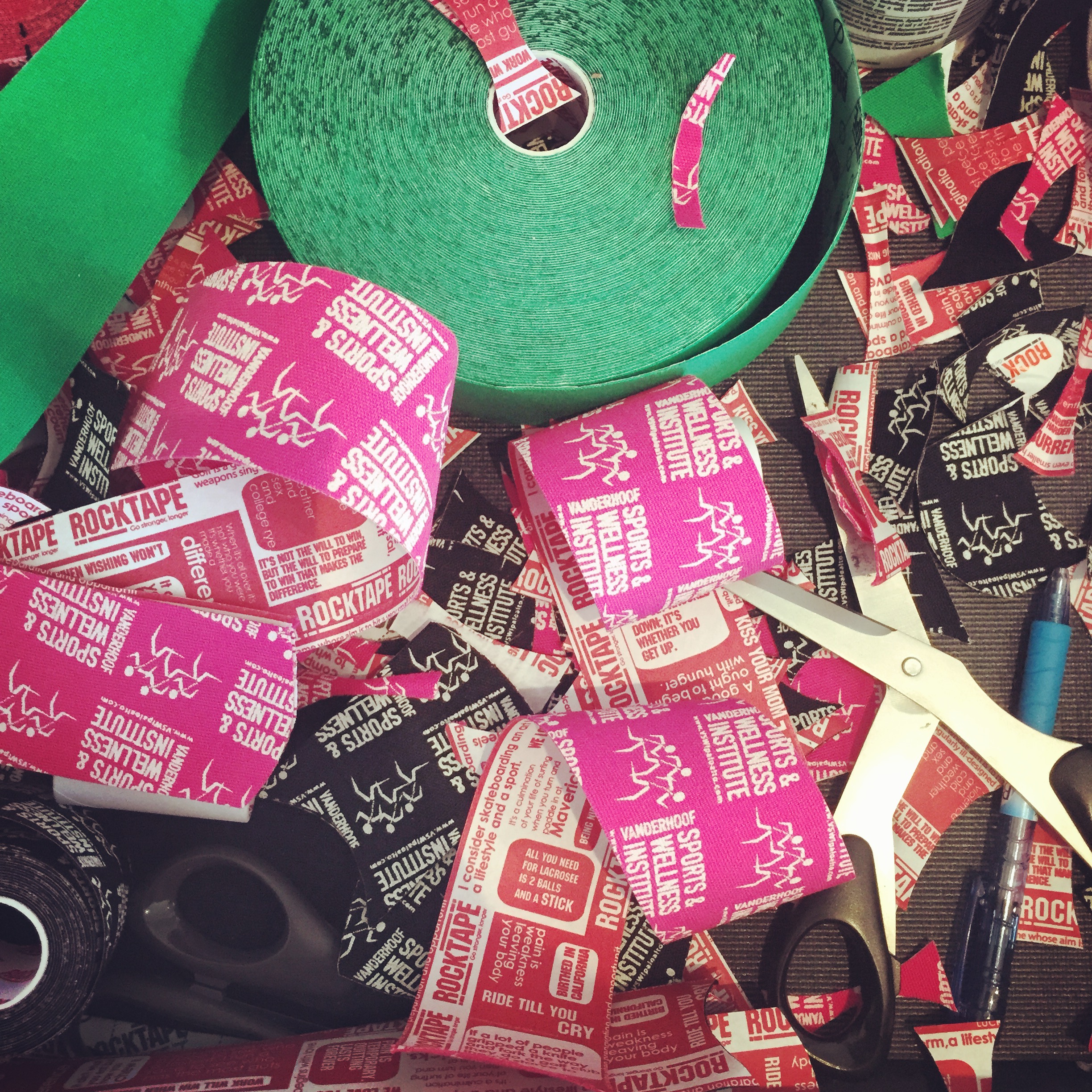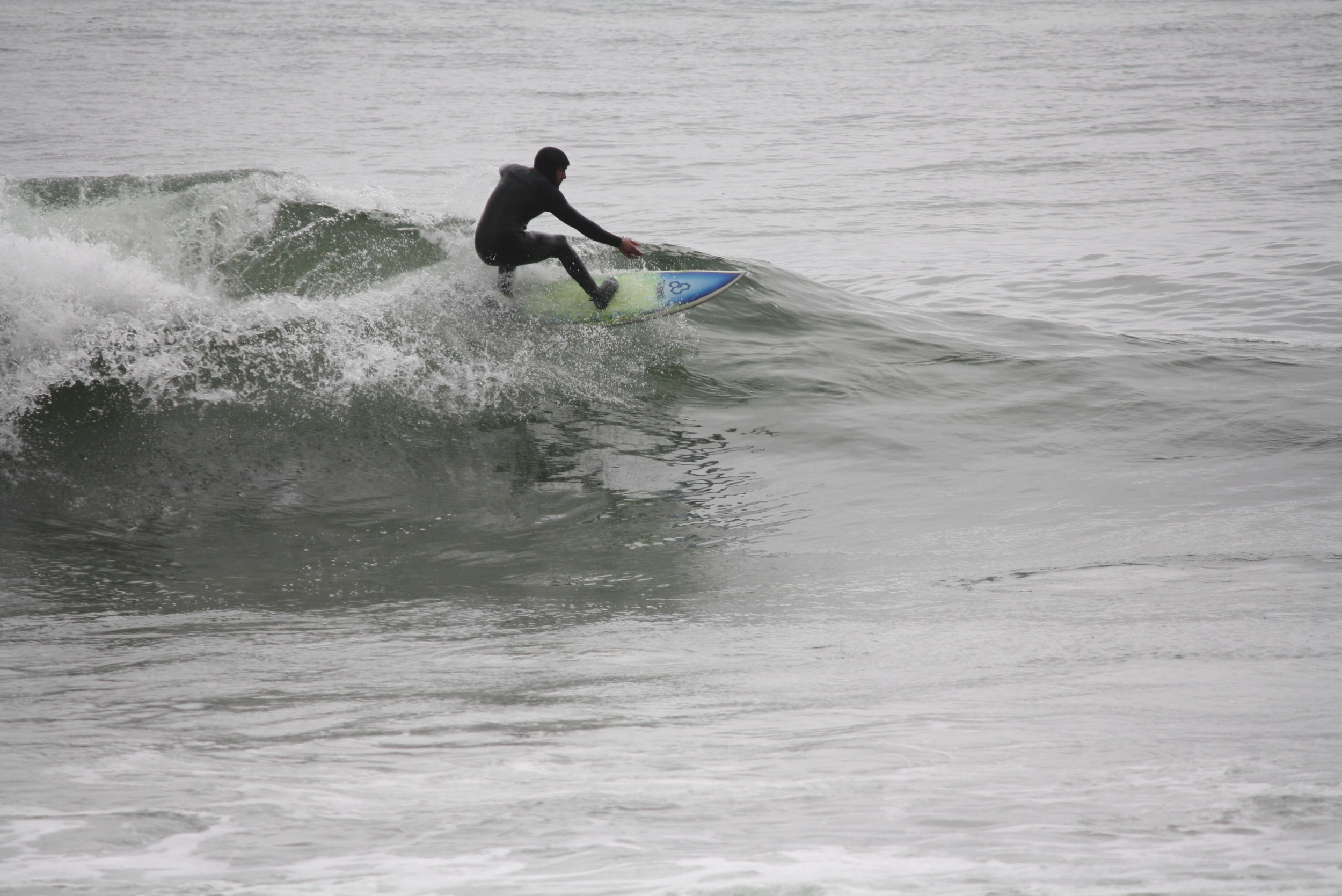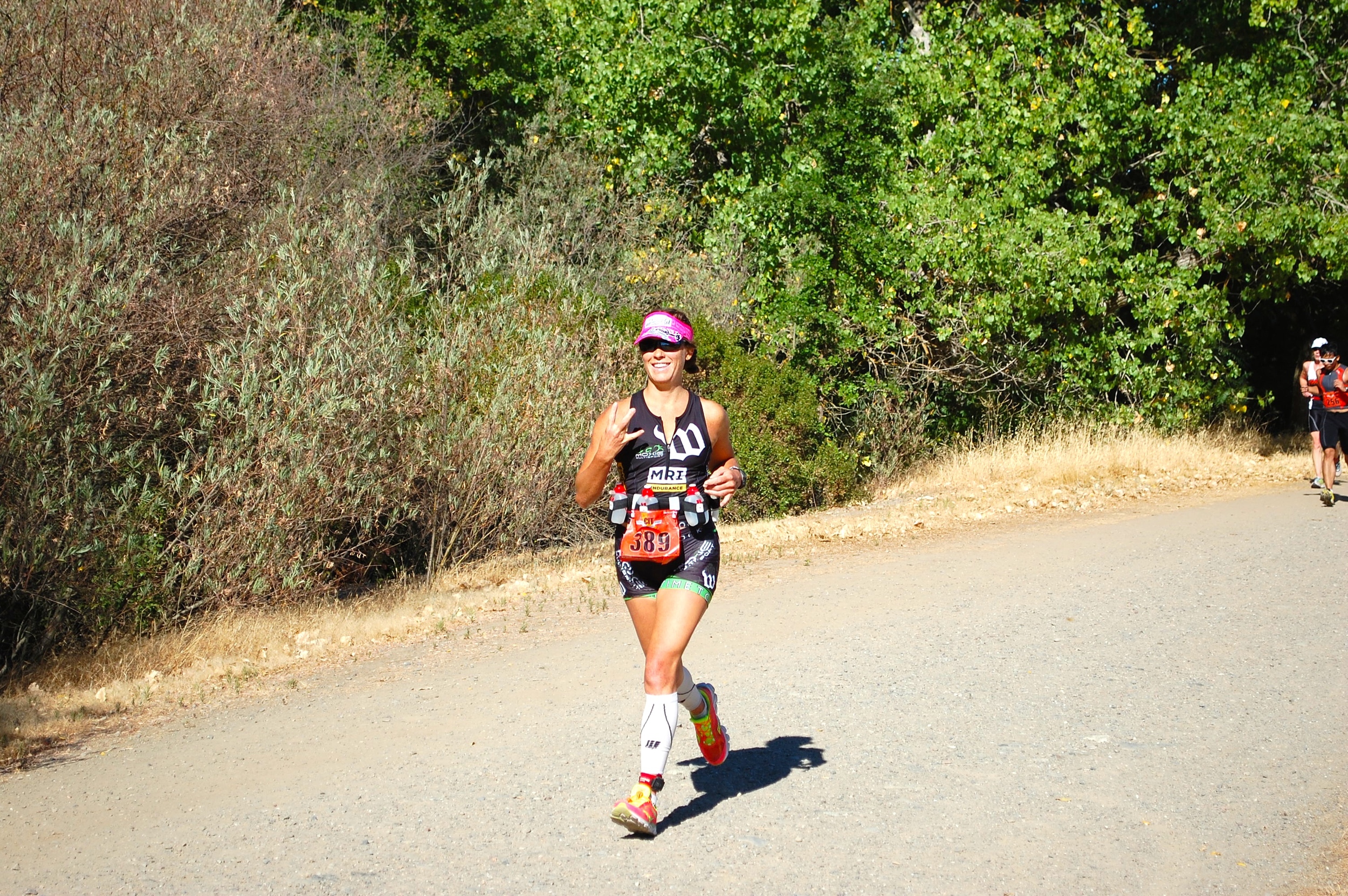Up next in our kinesio tape video series is the knee.
Knee pain is a common complaint that affects people of all ages. The pain can stem from a variety of injuries such as runner’s knee or patella tendonitis, jumper’s knee, patella tracking, arthritis, meniscus tears, plica, patellofemoral pain, and general instability.
These injuries can arise from an infinite number of causes. Muscle imbalances, poor running form, misaligned hips or poor posture, poor nutrition, overtraining, compensation for another injury, hyperextension, arthritis, and blunt trauma to ligaments are just a few of the most common causes of knee pain. Common effective treatments among all of these conditions include increasing circulation, providing support, reducing pressure, and maintaining range of motion.
Kinesio tape serves all of these purposes without the downsides of bracing or wrapping. Common injuries can all be best addressed by using this taping application.
With this technique you will get support, pain relief, and normal body mechanics without restricting motion or circulation like other treatments.
If you missed our brief overview of taping, we recommend watching it first in order to grasp the basics and make sure you have the right tools.
We've got awesome pink or black VSWI x Rocktape tape here at the office for $20 a roll, so book an appointment or stop by and pick up a roll and we'd be happy to answer any questions you may have.
Up next: Hamstring Taping
Last time: Calf Taping
